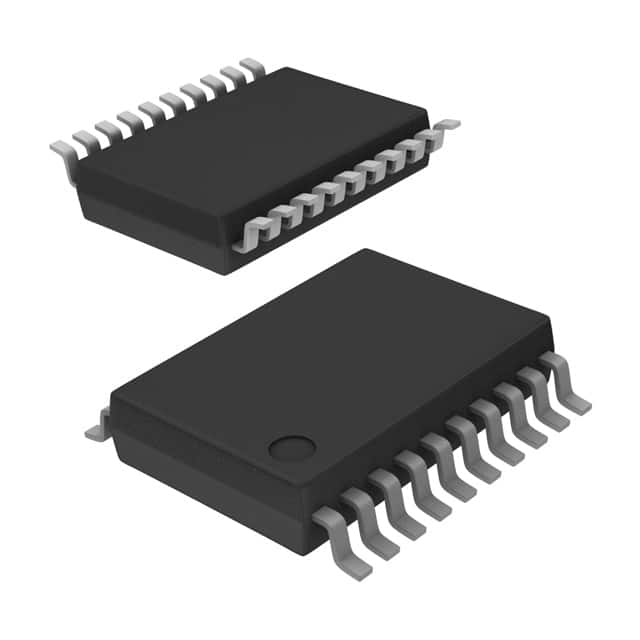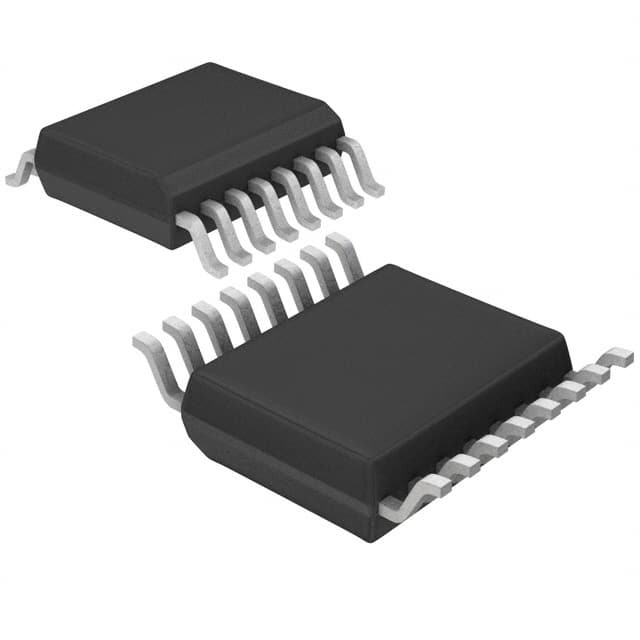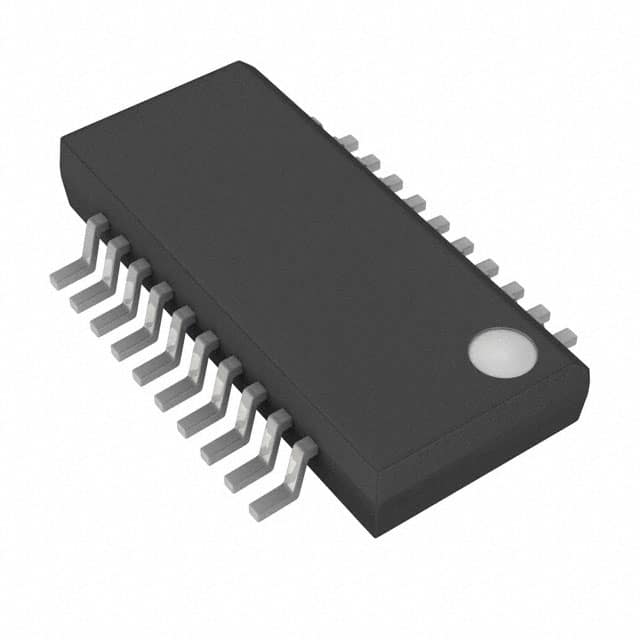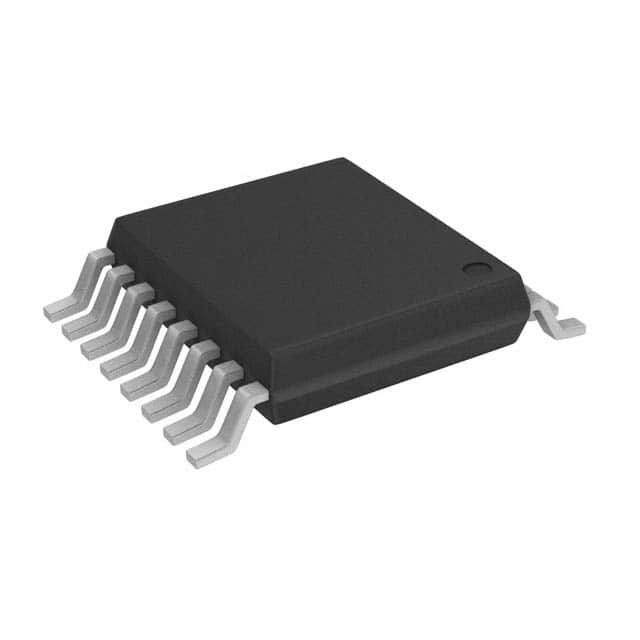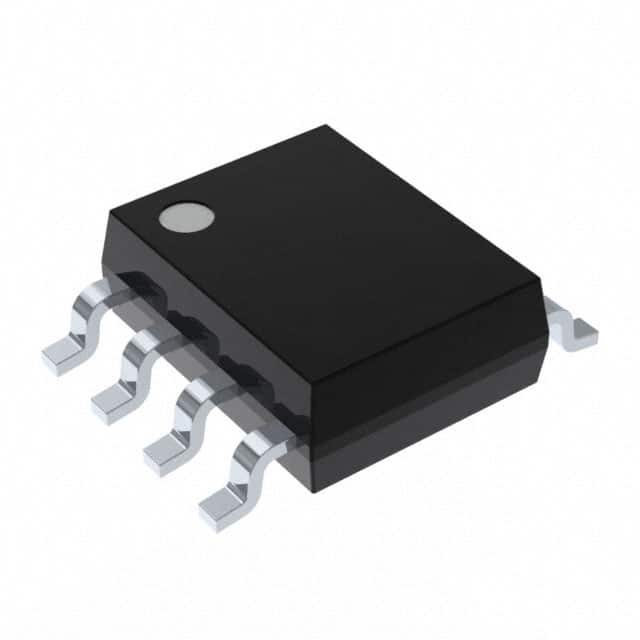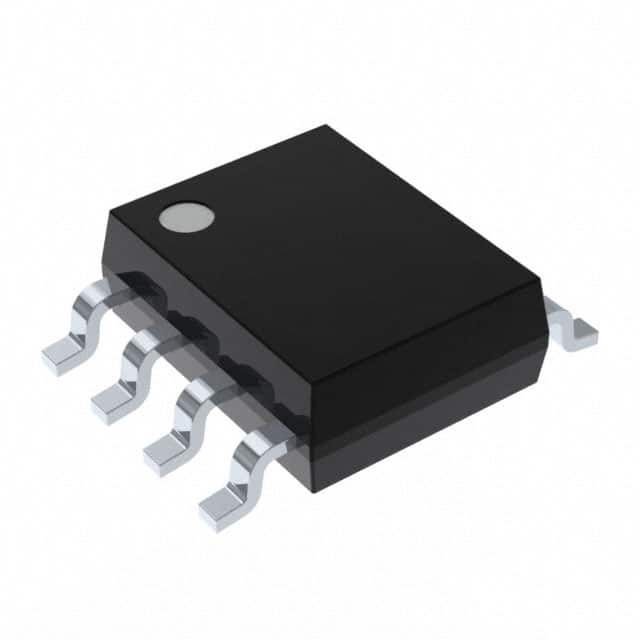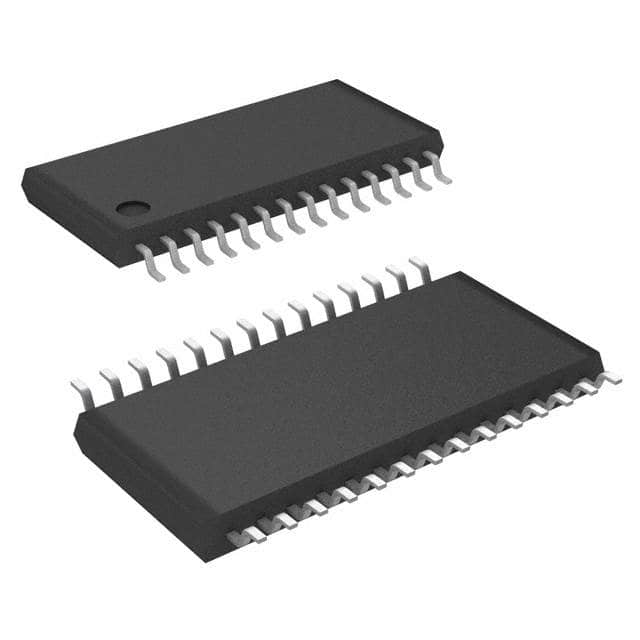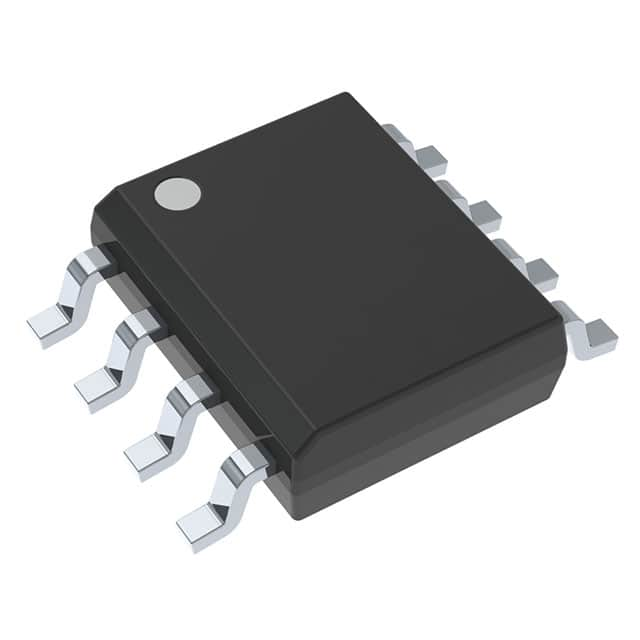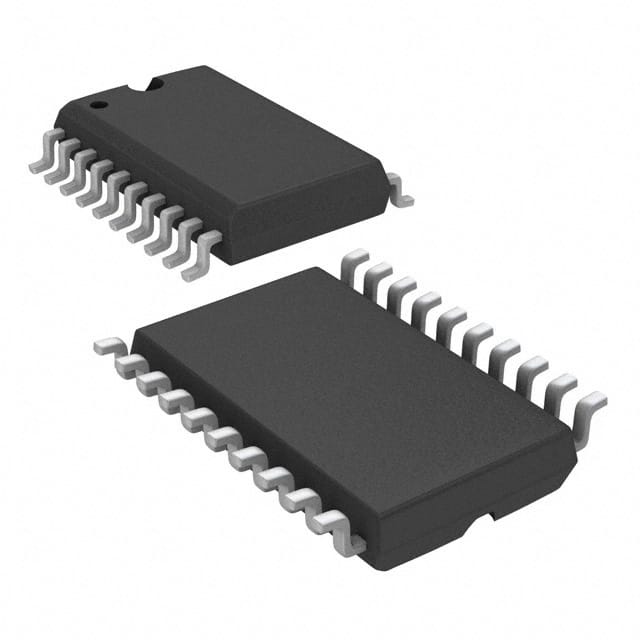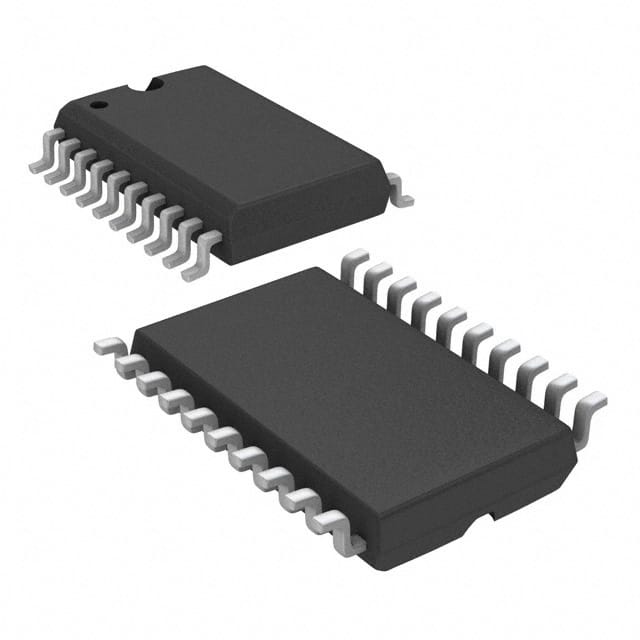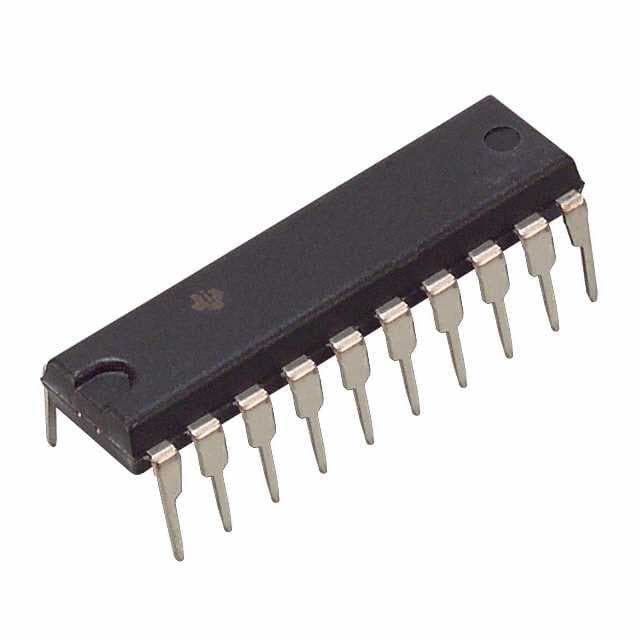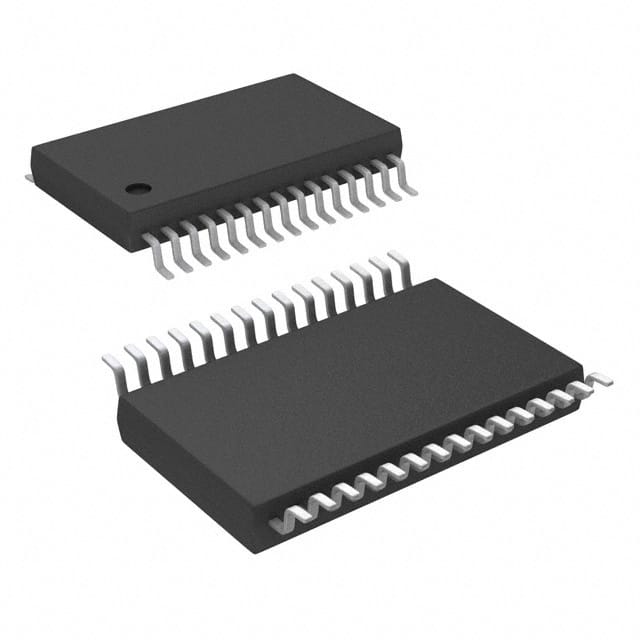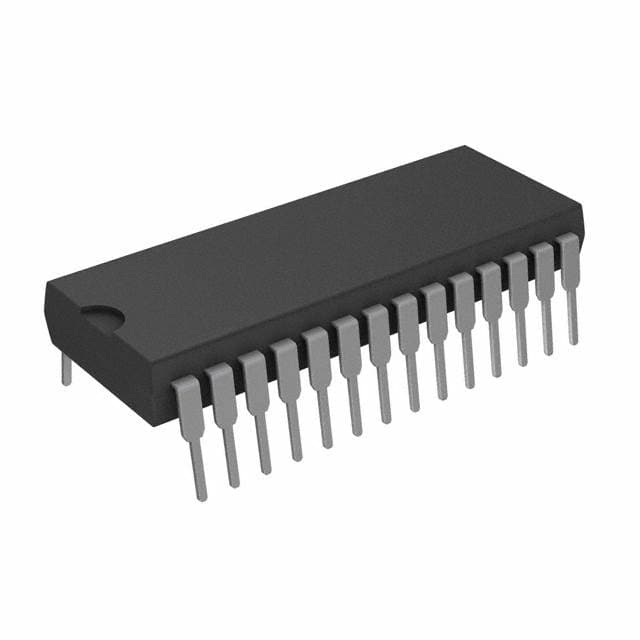TLV1548CDB Product Introduction:
Texas Instruments Part Number TLV1548CDB(Data Acquisition - Analog to Digital Converters (ADC)), developed and manufactured by Texas Instruments, distributed globally by Jinftry. We distribute various electronic components from world-renowned brands and provide one-stop services, making us a trusted global electronic component distributor.
TLV1548CDB is one of the part numbers distributed by Jinftry, and you can learn about its specifications/configurations, package/case, Datasheet, and other information here. Electronic components are affected by supply and demand, and prices fluctuate frequently. If you have a demand, please do not hesitate to send us an RFQ or email us immediately sales@jinftry.com Please inquire about the real-time unit price, Data Code, Lead time, payment terms, and any other information you would like to know. We will do our best to provide you with a quotation and reply as soon as possible.
Introducing the Texas Instruments TLV1548CDB, a high-performance, 8-bit analog-to-digital converter (ADC) designed to meet the demanding requirements of a wide range of applications. With its exceptional accuracy, speed, and versatility, this ADC is the perfect solution for engineers and designers seeking to enhance their system performance.
The TLV1548CDB boasts an impressive sampling rate of up to 200 kilosamples per second (ksps), ensuring fast and accurate conversion of analog signals. Its 8-bit resolution provides precise measurement capabilities, enabling accurate data acquisition in various applications. Additionally, this ADC features a low power consumption mode, making it ideal for battery-powered devices and energy-efficient systems.
This versatile ADC is equipped with a wide input voltage range, allowing it to handle signals from various sources. Its integrated reference voltage generator ensures accurate and stable conversions, eliminating the need for external references. The TLV1548CDB also offers a flexible serial interface, enabling easy integration into existing systems.
The TLV1548CDB finds applications in a wide range of fields, including industrial automation, medical devices, consumer electronics, and telecommunications. Whether you need to measure temperature, pressure, or voltage, this ADC provides the accuracy and speed required for precise data acquisition. Its compact size and robust design make it suitable for both portable and fixed installations.
In summary, the Texas Instruments TLV1548CDB is a high-performance ADC that delivers exceptional accuracy, speed, and versatility. With its wide range of features and applications, it is the perfect choice for engineers and designers looking to enhance their system performance.
Analog to digital Converters (ADCs) are electronic devices used to convert continuously varying Analog signals into discrete Digital signals. This process usually includes three steps: sampling, quantization and coding. Sampling means capturing the instantaneous value of an analog signal at a fixed frequency; Quantization approximates these transient values to the nearest discrete level; Finally, the encoding converts the quantized value into binary numeric form.
Application
ADCs(Analog-to-digital Converters) is widely used in a variety of scenarios, such as audio and video recording, measuring instruments, wireless communications, medical devices, and automotive electronics. For example, in audio devices, the ADC is responsible for converting the sound signal captured by the microphone into a digital format for easy storage and transmission.
FAQ about Data Acquisition - Analog to Digital Converters (ADC)
-
1.
What is ADC for data acquisition?
A data collector is an electronic device used to convert various data (such as barcodes, RFID tags, etc.) into a storable and editable format and transmit it to a computer or system in real time. Data collectors are usually operated using handheld devices (such as inventory counting machines or PDAs) and have functions such as real-time acquisition, automatic storage, instant display, instant feedback, automatic processing, and automatic transmission. They can be widely used in warehouse management, logistics transportation, retail, medical, military and other fields. The main functions of data collectors include data acquisition, real-time data processing, data storage and transmission.
ADC, or analog-to-digital converter, is an electronic device that can convert continuously changing analog signals into discrete digital signals. It is mainly used in data acquisition, signal processing, communication and other fields.
-
2.
Why do we need analog-to-digital converters?
The reasons why we need analog-to-digital converters mainly include the following:
Digital system processing: Many computers and electronic devices are digital systems, which are more suitable for processing digital signals. Analog signals are difficult to process in digital systems, and after analog-to-digital conversion, the signals can be represented, stored and processed in digital form.
Noise immunity: Digital signals are more noise-resistant than analog signals. Digital signals can be protected and restored by means such as error correction codes, while analog signals are easily interfered by noise.
Accuracy: Digital signals are more accurate because they can be represented with higher resolution. Analog signals have accuracy limitations, and analog-to-digital conversion can improve the resolution of the signal.
Application scenarios: Analog-to-digital converters are widely used in many fields, including automatic control systems, audio and video processing, sensor interfaces
-
3. What is the difference between the input and output of an ADC?
The input of ADC (Analog-to-Digital Converter) is analog quantity and the output is digital quantity.
The main function of ADC is to convert continuous analog signal into discrete digital signal. In electronic systems, analog signal usually refers to continuously changing voltage or current, such as the signal obtained from microphone or sensor. The amplitude and frequency of these analog signals can change continuously, while digital signals are composed of a series of discrete values, usually expressed in binary form.
Input: The input of ADC receives analog signals, which can be in the form of continuously changing physical quantities such as voltage and current. The amplitude and frequency of analog signals can change continuously, such as the voltage range from 0V to 5V.
Output: The output of ADC is digital signal, which is composed of a series of discrete values, usually expressed in binary form. The advantage of digital signals is that they can be calculated and processed quic
 Lead free / RoHS Compliant
Lead free / RoHS Compliant



